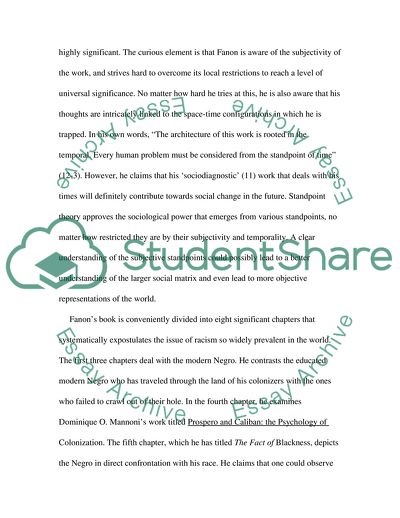Cite this document
(Standpoint Theory Literature review Example | Topics and Well Written Essays - 2000 words, n.d.)
Standpoint Theory Literature review Example | Topics and Well Written Essays - 2000 words. https://studentshare.org/literature/1713745-standpoint-theory
Standpoint Theory Literature review Example | Topics and Well Written Essays - 2000 words. https://studentshare.org/literature/1713745-standpoint-theory
(Standpoint Theory Literature Review Example | Topics and Well Written Essays - 2000 Words)
Standpoint Theory Literature Review Example | Topics and Well Written Essays - 2000 Words. https://studentshare.org/literature/1713745-standpoint-theory.
Standpoint Theory Literature Review Example | Topics and Well Written Essays - 2000 Words. https://studentshare.org/literature/1713745-standpoint-theory.
“Standpoint Theory Literature Review Example | Topics and Well Written Essays - 2000 Words”. https://studentshare.org/literature/1713745-standpoint-theory.


